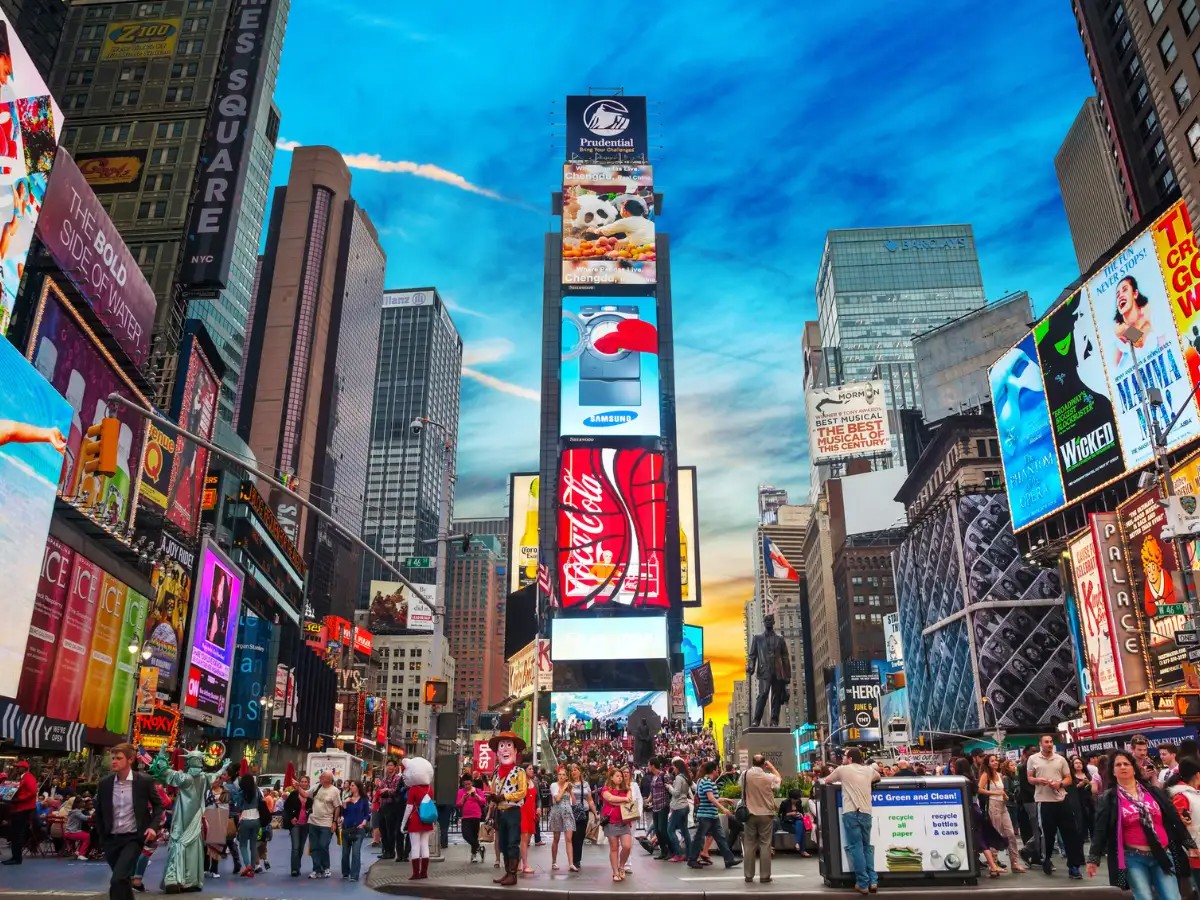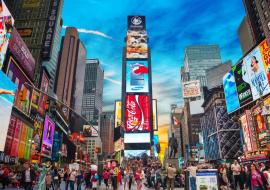U.S. Tourism Still Faces Headwinds as Policy and Operational Risks Rise

The U.S. tourism sector continues to contend with headwinds, including policy uncertainty, staffing challenges and competitive pressure from other global destinations. Analysts say that growth is less predictable and that the industry must pivot strategically.
One major factor is the ongoing federal government shutdown, which has impacted national parks, heritage sites, and aviation staffing—raising concerns about the broader travel-ecosystem reliability within the U.S. Travel professionals warn that these institutional risks can erode visitor confidence, especially among high-spend international travellers.
Additionally, inbound travel from key markets is under strain due to competitive alternatives, currency movements and increased global choice. U.S. destinations that previously relied on volume may need to shift to higher-value travellers, longer stays and more immersive products to maintain economic impact.
Tourism officials are responding by focusing on niche markets—wellness, rural escapes, adventure, high-end segments—and by enhancing service, infrastructure and regional offerings outside major hubs. The aim is to broaden the appeal and reduce reliance on a few star markets.
For travellers, the message is that U.S. travel remains robust, but may require more flexibility, longer planning lead-times, and willingness to explore beyond the classic gateway cities. Service quality, value and unique experience will matter more than ever.
In effect, the U.S. tourism industry is entering a phase of strategic adjustment rather than expansion for its own sake, aligning with global tourism trends where experience, resilience and differentiation are as important as sheer numbers.














